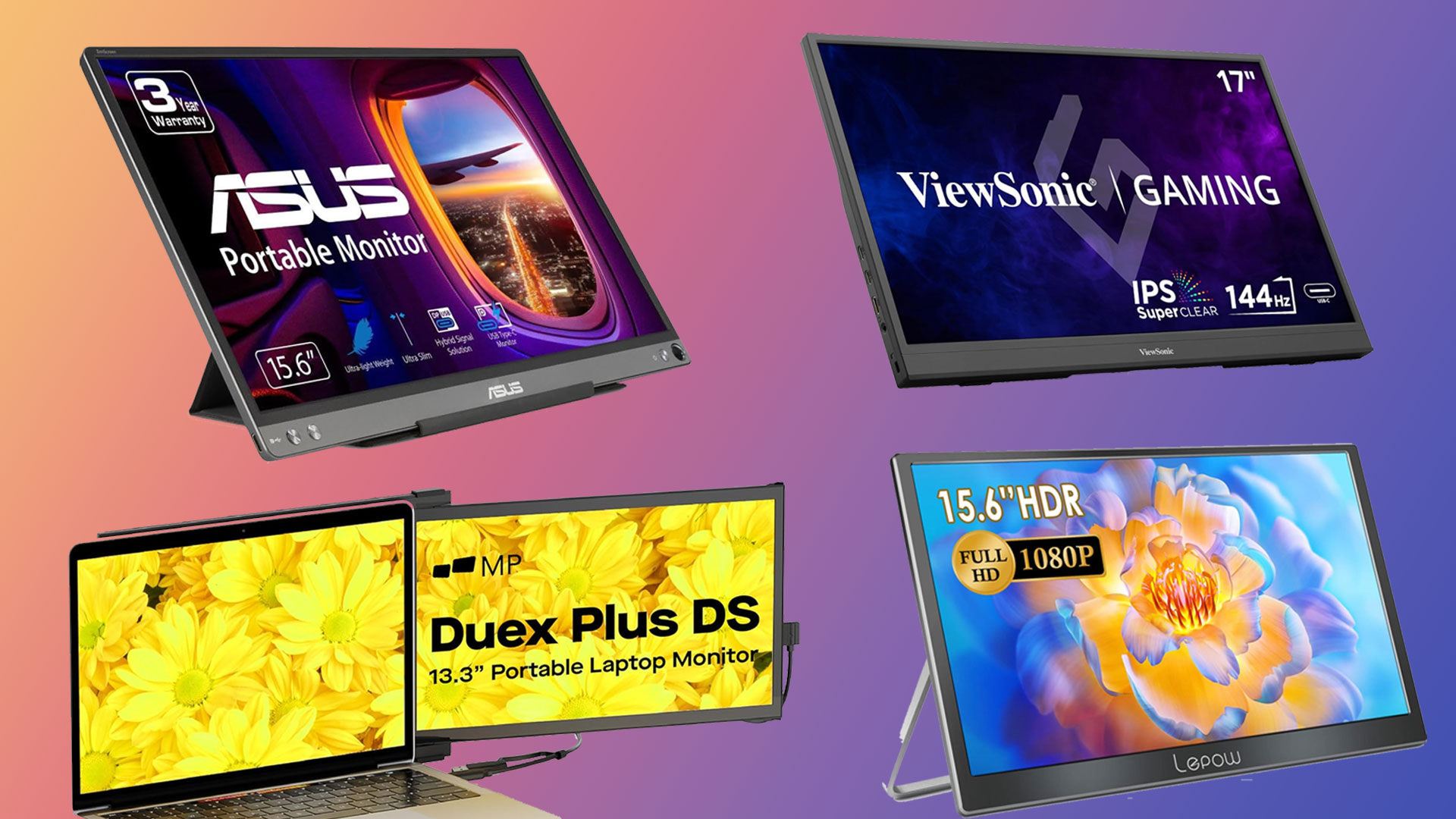While smartphones offer convenience, dedicated digital cameras in 2025 continue to provide superior image quality, creative control, and specialized features. Driven by advancements in sensor technology and artificial intelligence, the market offers evolving solutions for professionals, vloggers, and hobbyists. This guide explores the best digital cameras for 2025, the latest trends, essential features, and top considerations for choosing a camera that aligns with your creative vision, including the impact of AI, the dominance of mirrorless systems, and crucial video capabilities.
Key Trends Shaping the Digital Camera Market in 2025
The digital camera market is experiencing dynamic shifts, influenced by technological innovation and changing consumer demands. Understanding these trends is key to appreciating the current state and future direction of camera technology.
1. AI-Enabled Enhancements and Computational Photography
Artificial intelligence is no longer just a buzzword in the smartphone world; it’s rapidly becoming a cornerstone of digital camera innovation. AI-enabled enhancements are powering everything from more accurate autofocus systems and intelligent scene recognition to advanced noise reduction and computational photography techniques. These advancements allow cameras to capture stunning images even in challenging conditions, often surpassing what traditional optics alone could achieve. The digital camera market is growing due to rising demand for high-quality imaging and AI advancements.
2. Continued Dominance and Evolution of Mirrorless Cameras
Mirrorless cameras have firmly established their dominance in the market, offering a compelling blend of performance and portability. In 2023, mirrorless cameras captured approximately 55% of the total revenue in the digital camera market, favored by professionals and enthusiasts for their fast autofocus, superior video recording capabilities, and lightweight design. As we move into 2025, expect further refinements in mirrorless technology, including improved battery life, enhanced in-body image stabilization, and even more compact designs without compromising image quality.
3. Increasing Demand for High-Resolution Sensors and Low-Light Performance
Content creators and photographers are continuously seeking higher resolution and better low-light performance. This trend is driving the development of more advanced sensors capable of capturing intricate details and producing clean images even in dimly lit environments. The market is seeing a push for cameras that excel in both still photography and video, with high-resolution sensors being a key factor in achieving both. Advancements in high-resolution sensors and low-light performance are cited as key growth drivers for the digital camera market.
4. The Rise of Video-Centric Features and 8K Capture
With the explosion of online video content, digital cameras are increasingly designed with robust video capabilities. Features like advanced video autofocus, high frame rates, internal RAW video recording, and improved heat management for extended recording times are becoming standard. The need for thin and light high-performance cameras with better battery life and 8K video capture is projected to drive the market [1]. This focus on video caters to the growing segment of vloggers, filmmakers, and content creators who demand professional-grade video quality from their cameras.
5. Market Growth and Segmentation
The digital camera market was valued at USD 8.04 billion in 2023 and is projected to reach USD 12.45 billion by 2032, growing at a Compound Annual Growth Rate (CAGR) of 5.06% from 2024 to 2032. This growth is segmented across various product types and end-users:
- By Lens: The Built-in segment led in 2023 (65% of revenue) due to affordability and convenience, while the Interchangeable Lens segment is projected to grow fastest (CAGR of 6.10% from 2024 to 2032) driven by professionals and content creators.
- By Product: Mirrorless cameras dominated in 2023 (55% of revenue), but the Compact Digital Camera segment is projected for the fastest growth (CAGR of 7.15% from 2024 to 2032) due to increasing demand for portable, user-friendly imaging solution.
- By End Use: Professional Photographers dominated in 2023 (47% of revenue), relying on high-performance solutions. However, the Hobbyists segment is projected for the fastest growth (CAGR of 6.58% from 2024 to 2032), fueled by the rising popularity of photography as a creative pursuit and social media content creation.
What to Look For in a Digital Camera in 2025
Choosing the ideal digital camera in 2025 requires a careful consideration of your specific needs, skill level, and budget. Here are the key factors to evaluate:
1. Sensor Size: The Heart of Image Quality
The sensor is arguably the most critical component of a digital camera, directly impacting image quality, low-light performance, and dynamic range. Larger sensors (Full-Frame, APS-C, Micro Four Thirds) generally capture more light and produce images with less noise, especially in challenging lighting conditions. While compact cameras often feature smaller sensors, advancements in computational photography are bridging this gap. Consider your primary use case: for professional work or serious hobbyists, a larger sensor is often preferred, while casual users might prioritize portability.
2. Megapixels: More Isn’t Always Better
While a higher megapixel count can provide more detail and allow for larger prints or more aggressive cropping, it’s not the sole determinant of image quality. Sensor size, lens quality, and image processing capabilities play equally important roles. For most users, a camera with 20-30 megapixels is more than sufficient. Professionals who require extreme detail for large-format printing or extensive post-processing might opt for higher megapixel counts.
3. Lens System: Fixed vs. Interchangeable
Digital cameras come with either fixed lenses or interchangeable lens systems. Fixed-lens cameras (like many compacts and bridge cameras) offer simplicity and often a versatile zoom range. Interchangeable lens cameras (DSLRs and mirrorless) provide unparalleled flexibility, allowing you to choose from a vast array of lenses for different photographic situations (wide-angle, telephoto, macro, etc.). If creative control and adaptability are important, an interchangeable lens system is the way to go.
4. Video Capabilities: Beyond Stills
With the rise of content creation, video features are more important than ever. Look for cameras that offer 4K video recording at high frame rates (e.g., 4K 60p or 120p) for smooth, detailed footage. Advanced features like in-body image stabilization (IBIS), clean HDMI output for external recorders, log profiles for color grading, and robust autofocus during video recording are crucial for serious videographers. The ability to record 8K video is becoming more common in high-end models.
5. Autofocus System: Speed and Accuracy
A fast and accurate autofocus system is essential for capturing sharp images, especially for moving subjects. Modern cameras utilize sophisticated autofocus technologies, including phase-detection and contrast-detection systems, often combined for hybrid performance. Look for cameras with a high number of autofocus points, wide coverage, and advanced tracking capabilities, particularly if you shoot sports, wildlife, or fast-paced events.
6. Ergonomics and Build Quality: Comfort in Hand
How a camera feels in your hand can significantly impact your shooting experience. Consider the camera’s size, weight, grip, and button layout. A well-built camera with weather sealing is beneficial if you plan to shoot in challenging environments. For travel or everyday use, a more compact and lightweight body might be preferred.
7. Connectivity and Workflow: Seamless Sharing
Modern cameras offer various connectivity options to streamline your workflow. Wi-Fi and Bluetooth enable easy transfer of images to smartphones or cloud services for quick sharing. USB-C ports provide fast data transfer and often in-camera charging. Some cameras also feature built-in GPS for geotagging your photos.
8. Battery Life: Don’t Miss the Shot
Battery life is a practical consideration, especially for long shooting sessions or travel. Check the CIPA rating (Camera & Imaging Products Association) for an estimated number of shots per charge. Carrying spare batteries is always a good idea, and cameras that support USB charging offer added convenience.
9. Price and Ecosystem: Long-Term Investment
Digital cameras represent a significant investment. Consider not just the camera body’s price but also the cost of lenses, accessories (extra batteries, memory cards, bags), and potential future upgrades. Choosing a brand with a strong lens ecosystem can be beneficial in the long run, offering a wider range of options as your photographic needs evolve.
Top Digital Cameras for 2025: Our Top Picks
Based on extensive testing and evaluation, here are some of the best digital cameras available in 2025, catering to various needs and skill levels. These selections prioritize image quality, features, and overall value, incorporating the latest advancements in camera technology.

1. Fujifilm X100VI
Why we recommend it: The Fujifilm X100VI is an exemplary fixed-lens camera that combines stunning retro design with modern performance. It’s a favorite among street photographers and enthusiasts who appreciate its compact size, robust build, and the unique experience of its hybrid viewfinder. The stabilized 40MP image sensor and wide-aperture prime lens deliver exceptional image quality, making it a perfect everyday carry camera.
Pros:
- Stunning retro industrial design with magnesium and aluminum build
- Clever optical-electronic hybrid viewfinder
- Stabilized 40MP image sensor with digital zoom
- Wide-aperture prime lens with built-in ND filter
- Robust, dial-driven controls
- Light, carry-friendly frame
Cons:
- Requires accessories for full weather protection
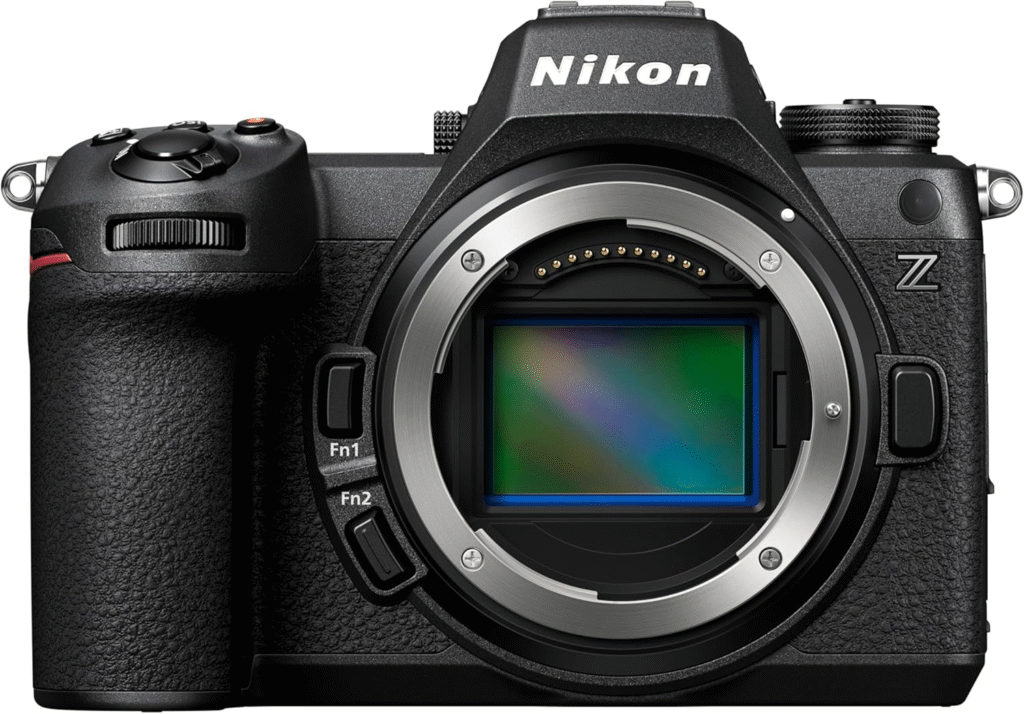
2. Nikon Z6III
Why we recommend it: For serious photographers and videographers seeking a versatile full-frame camera, the Nikon Z6III offers outstanding performance. Its stabilized full-frame sensor, advanced 3D Tracking autofocus, and impressive video capabilities (up to 6K60 Raw and ProRes) make it a powerhouse for a wide range of applications, from fast-paced action to cinematic video production.
Pros:
- Stabilized full-frame sensor
- 3D Tracking focus at 20fps Raw
- Magnesium chassis with weather protection
- Large, extra bright viewfinder
- Up to 6K60 Raw and ProRes video
Cons:
- Mediocre battery life
- Less dynamic range than peers
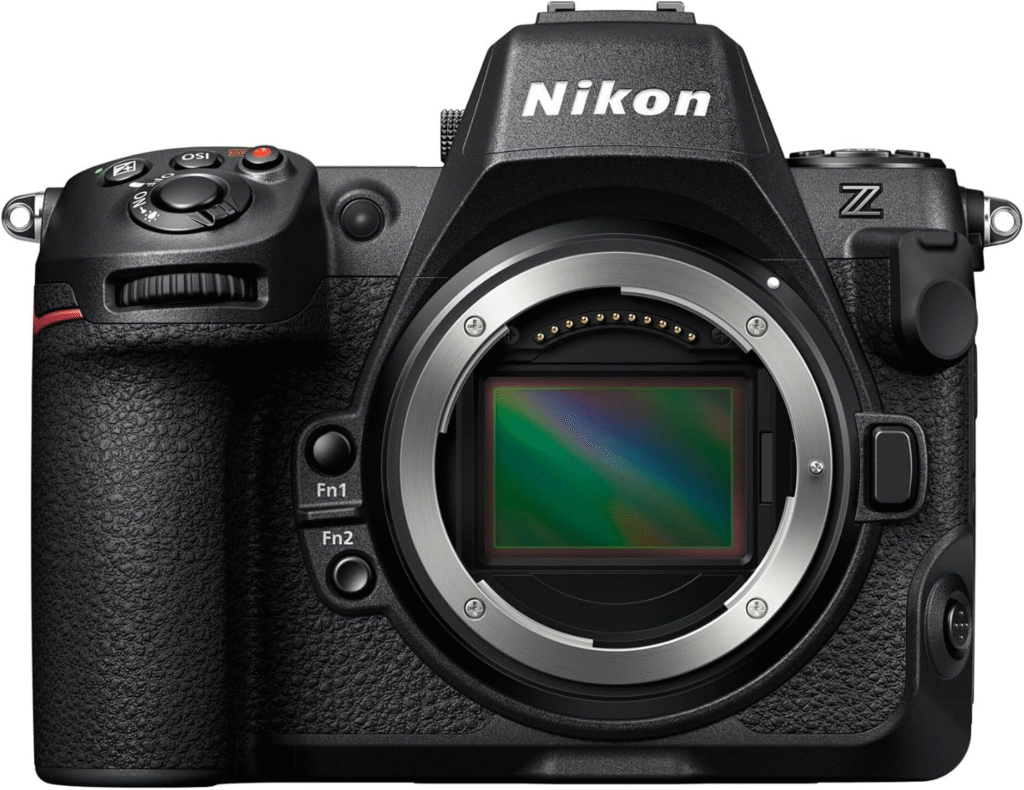
3. Nikon Z 8
Why we recommend it: The Nikon Z 8 is a high-resolution full-frame mirrorless camera designed for professionals who demand uncompromising image quality and robust video features. With its sturdy, weather-sealed build, 45.7MP stacked CMOS sensor, and ability to capture up to 8K60 or 4K120 video, it’s an ideal choice for demanding photography and videography tasks.
Pros:
- Sturdy, weather-sealed build
- Large, crisp EVF with interruption-free capture
- Dual-axis touch LCD
- 20fps Raw and 120fps JPG bursts
- Internal N-Raw and ProRes video capture
- Up to 8K60 or 4K120 video
Cons:
- Heavier than competitors
- Average battery life

4. Fujifilm X-S20
Why we recommend it: The Fujifilm X-S20 is an excellent mirrorless camera for enthusiasts and creators, offering a compelling blend of advanced features and user-friendly design. Its subject recognition autofocus system, long battery life, and 7-stop in-body stabilization make it a versatile tool for both stills and video. The diverse set of film simulation looks adds to its creative appeal.
Pros:
- Magnesium body with swing-out LCD
- Subject recognition autofocus system
- Long battery life
- 7-stop stabilization
- Built-in flash
- Diverse set of film simulation looks
- 10-bit 4K60 and 6K30 video
Cons:
- Not weather-sealed
- Undersized EVF
- Prone to overheating during extended video recording
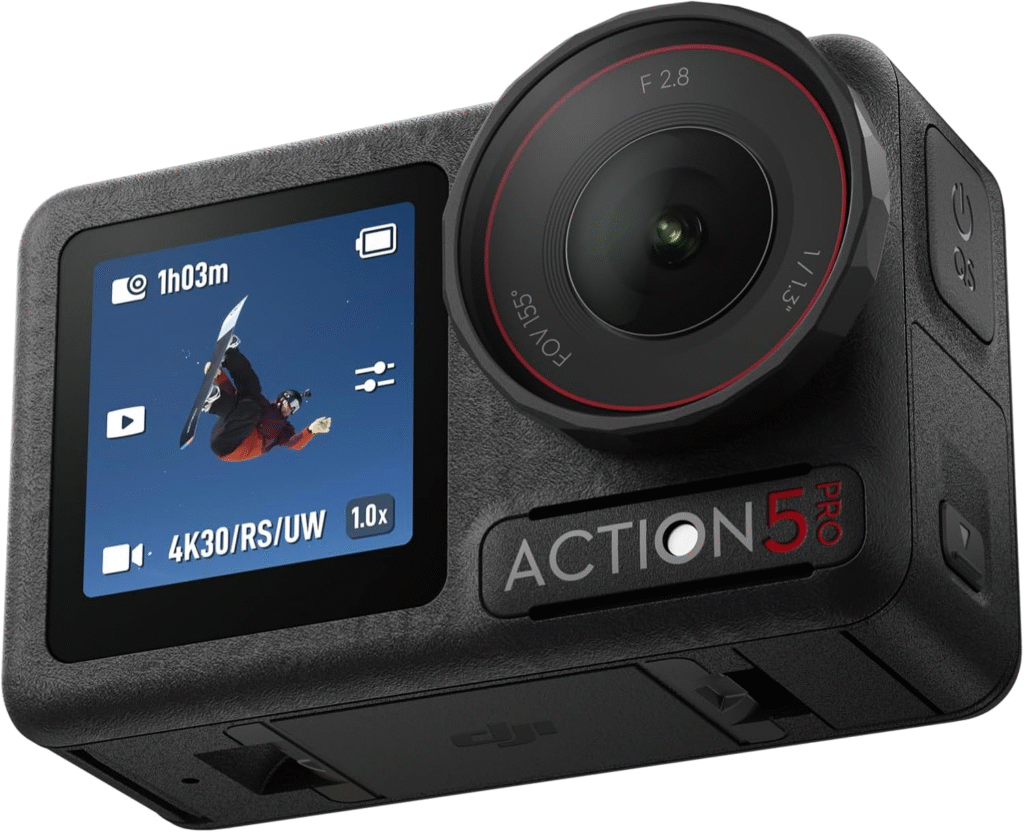
5. DJI Osmo Action 5 Pro
Why we recommend it: For adventurers and content creators on the go, the DJI Osmo Action 5 Pro is a top-tier action camera. It delivers impressive 10-bit 4K120 video, class-leading battery life, and extremely effective digital stabilization. Its waterproof design and dual touch displays make it highly versatile for capturing dynamic footage in challenging environments.
Pros:
- 10-bit 4K120 video
- Class-leading battery life
- Continuous recording without overheating
- Extremely effective digital stabilization
- Dual touch displays
- Waterproof to 65.6 feet
- Small, mountable design
Cons:
- Smartphones are generally better in dim light
- App features not as strong as GoPro
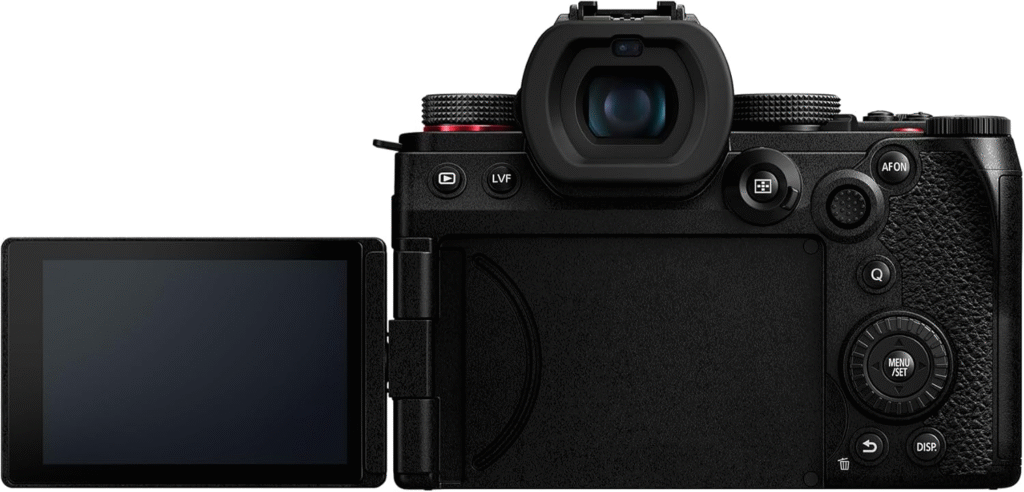
6. Panasonic Lumix DC-G9 II
Why we recommend it: The Panasonic Lumix DC-G9 II is an outstanding Micro Four Thirds mirrorless camera, offering crisp 25MP photos and a fast phase-detect focus system. It’s a great choice for photographers and videographers who value a compact system with excellent image quality, robust stabilization, and versatile video capabilities. Its fantastic control scheme and 16-bit Raw images make it a joy to use.
Pros:
- Crisp 25MP photos with 100MP multi-sampling
- Fast phase detect focus system
- Effective subject recognition and tracking
- Large, 120fps electronic viewfinder
- 16-bit Raw images handle edits well
- Fantastic control scheme
- Stabilized 10-bit video
- Works with Micro Four Thirds lens library
Cons:
- Oversized body for Micro Four Thirds
- Omits UVC/UAC webcam support
- Middling battery life
Conclusion
In 2025, the digital camera market continues to thrive by offering specialized tools that cater to a diverse range of photographic and videographic needs. While smartphones excel in convenience, dedicated digital cameras provide superior image quality, advanced features, and creative flexibility that remain indispensable for serious visual creators. The ongoing integration of AI, the evolution of mirrorless systems, and the increasing emphasis on robust video capabilities are shaping a future where cameras are more intelligent, versatile, and powerful than ever before.
By carefully considering factors such as sensor size, lens system, video capabilities, and autofocus performance, you can select a digital camera that not only meets your current demands but also empowers your creative journey for years to come. Whether you’re capturing breathtaking landscapes, intimate portraits, or dynamic video content, investing in the right digital camera is an investment in your ability to tell compelling stories through the lens.
Top FAQs on The Best Digital Cameras for 2025
The world of digital cameras is constantly evolving, and 2025 is no exception. Here, we tackle some of the most common questions to help you navigate your next camera purchase.
1. What camera should I buy in 2025?
Choosing the “best” camera depends entirely on your specific needs, budget, and intended use. However, for 2025, here’s a general guide:
- For all-around versatility (hybrid photo/video): Consider the Nikon Z8 or Canon EOS R5 Mark II (expected updates in this line). These offer high resolution, advanced AI-powered autofocus, and strong video capabilities (including 8K).
- For professional speed and action: The Sony A9 III with its global shutter technology is unparalleled for fast-paced photography, eliminating rolling shutter and offering incredibly high frame rates.
- For portability and a strong lens ecosystem (Micro Four Thirds): The Panasonic Lumix G9 II remains a top choice, providing excellent all-around performance in a compact body.
- For compact, stylish everyday photography: The Fujifilm X100VI continues to be highly sought after, blending retro aesthetics with excellent image quality.
- For aspiring content creators and vloggers: Cameras like the Fujifilm X-S20 or the Sony ZV-E10 offer great video features, strong autofocus, and user-friendly controls.
- For budget-conscious beginners: The Canon EOS R50 or Canon EOS R10 are excellent entry points into mirrorless systems, offering good image quality and modern features.
Always prioritize your primary photographic interests and budget when making your final decision.
2. What is the best Micro Four Thirds (4/3) camera in 2025?
In the Micro Four Thirds (MFT) system, the Panasonic Lumix G9 II stands out as the best MFT camera in 2025. It’s a flagship model offering phase-detect autofocus, excellent in-body image stabilization (IBIS), and high-quality video recording capabilities, making it a robust all-rounder for enthusiasts and professionals alike. The OM System OM-1 Mark II is also a strong contender, particularly for wildlife and action photography due to its speed and computational features.
3. What is the future of digital cameras?
The future of digital cameras is bright and driven by several key advancements:
- Advanced AI Integration: Artificial intelligence will continue to revolutionize autofocus (subject recognition and tracking), image processing, and even in-camera creative effects.
- Mirrorless Dominance: Mirrorless cameras will continue to evolve, becoming even more compact, efficient, and powerful, solidifying their position over traditional DSLRs.
- Enhanced Video Capabilities: Expect more cameras to offer 8K video, advanced codecs, better dynamic range, and improved thermal management for longer recording times, catering to the growing demand for high-quality video content.
- Computational Photography: Drawing inspiration from smartphones, dedicated cameras will increasingly leverage computational photography techniques for superior dynamic range, noise reduction, and unique image rendering.
- Global Shutters: While currently premium, global shutter technology (like in the Sony A9 III) will likely become more accessible, eliminating rolling shutter and enabling artifact-free fast shooting.
- Improved Connectivity: Seamless integration with cloud services, faster wireless transfer, and enhanced remote control functionalities will become standard.
4. What is the next Canon camera for 2025?
Canon is expected to have a busy 2025 with several anticipated releases:
- Canon EOS R6 Mark III: Widely expected to be a significant update to the popular R6 series, potentially arriving early in 2025 with improved low-light performance, faster speeds, and possibly 8K video.
- Canon EOS R7 Mark II: Rumored to be Canon’s next flagship APS-C camera, possibly featuring a stacked sensor for enhanced speed, targeting wildlife and sports photographers.
- Full-Frame “V” Series Camera: Speculation exists about a new full-frame camera aimed at video-centric creators, potentially based on the R6 Mark III platform.
- Retro-inspired EOS R Camera: To celebrate the 50th anniversary of the AE-1, a retro-styled mirrorless camera is rumored for late 2025 or early 2026.
Keep an eye on official Canon announcements for confirmed details.
5. Are DSLRs still worth buying in 2025?
While mirrorless cameras dominate the innovation front, DSLRs like the Nikon D850 and Canon EOS 5D Mark IV still offer exceptional image quality and a familiar shooting experience with optical viewfinders. They can be great value on the used market. However, for new purchases, mirrorless systems generally provide more advanced features, faster autofocus, and better video capabilities, making them more future-proof.
6. What’s new in Sony cameras for 2025?
Sony continues to innovate in 2025. Expected updates include:
- Sony A7 V: Anticipated to feature a new 44-megapixel sensor with incredibly fast readout speeds, paired with the latest BIONZ XR processor and enhanced AI-powered autofocus for improved subject recognition and low-light performance.
- Sony FX3 II: A highly anticipated update to their popular professional cinema camera, expected to build on its video capabilities.
- Updates to RX1R series, FX30, and ZV-E1: Sony is likely to refresh these lines with updated processors and AI features.
- “Camera Verify” Beta: Sony has also launched a beta version of “Camera Verify,” a digital signature system for images to ensure authenticity, with video support planned for after Autumn 2025.
7. What can we expect from Nikon in 2025?
Nikon is also making moves in 2025:
- Nikon Z5 II: Expected to be announced around May 2025, offering an update to their popular entry-level full-frame mirrorless camera.
- Nikon Z video camera: A new video-oriented Z-mount camera, possibly similar to Sony’s FX3, is scheduled for late 2025.
- Nikon Z9II: While more likely a 2026 release, a development announcement could happen in late 2025.
- New Z-mount lenses: Expect more Nikkor Z cinema lenses and potentially a new Nikkor DX lens.
8. What are the best compact cameras for travel in 2025?
Compact cameras remain popular for travel due to their portability and improved image quality over smartphones in certain situations. The Fujifilm X100VI is a standout for its fixed lens and retro charm. For rugged adventures, the Olympus Tough TG-7 offers excellent durability and waterproof capabilities. Other excellent options include advanced compacts with larger sensors, offering a good balance between size and image quality.
9. How is AI changing digital photography in 2025?
AI is fundamentally reshaping digital photography in 2025 by:
- Revolutionizing Autofocus: AI algorithms enable cameras to precisely identify and track subjects (humans, animals, vehicles) even in complex scenes, leading to significantly higher hit rates for sharp images.
- Enhanced Image Processing: AI is used for noise reduction, dynamic range optimization, and sharpening, leading to cleaner and more detailed images directly out of the camera.
- Creative Assistance: AI can assist with composition, suggest optimal settings, and even generate unique artistic effects or background blurs.
- Workflow Improvements: AI can help with culling images, tagging, and even preliminary editing, streamlining the post-production process.
10. Should I wait for new models or buy a camera now?
This is a common dilemma. If your current camera meets your needs, waiting for newer models, especially if significant rumored updates are on the horizon (like a Canon R6 Mark III or Sony A7 V), can be beneficial. Newer cameras often bring substantial improvements in autofocus, low-light performance, and video capabilities. However, if your current gear is limiting you, or if a compelling deal arises on an existing model that already meets your requirements, there’s no harm in buying now. Remember that even slightly older flagship models often remain excellent performers for years.


